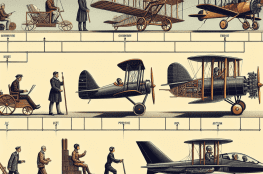The development of jet engines has revolutionized the way we travel. From commercial airlines to military aircraft, jet engines have enabled us to traverse vast distances in a relatively short amount of time. But what exactly are jet engines and how did they come to be?
Jet engines are a type of internal combustion engine that uses air as its oxidizer instead of gasoline or diesel fuel. This type of engine is capable of producing thrust by accelerating a large mass of air through an exhaust nozzle. The thrust generated from the exhaust can then be used to propel a vehicle forward. Jet engines were first developed in the 1930s for use in military aircraft, but it wasn’t until the 1950s that they began to be used in commercial aviation.
Since their introduction, jet engines have had an immense impact on aviation and transportation. They allow for faster speeds than ever before, enabling passengers to reach their destination much quicker than before. Additionally, jet engines provide more efficient fuel consumption compared to traditional piston-driven aircraft, resulting in lower operating costs for airlines and other operators. Finally, the development of turbofan and turbojet engines has allowed for higher altitudes and longer range flights than ever before possible with piston-driven aircraft.
In conclusion, the development of jet engines has had a profound impact on aviation over the past several decades. Not only have they enabled faster speeds and more efficient fuel consumption, but they also have allowed us to fly higher and farther than ever before possible with piston-driven aircraft. As technology continues to progress and evolve, it’s likely that even greater advances will be made in terms of speed and efficiency thanks to further developments in jet engine technology.



